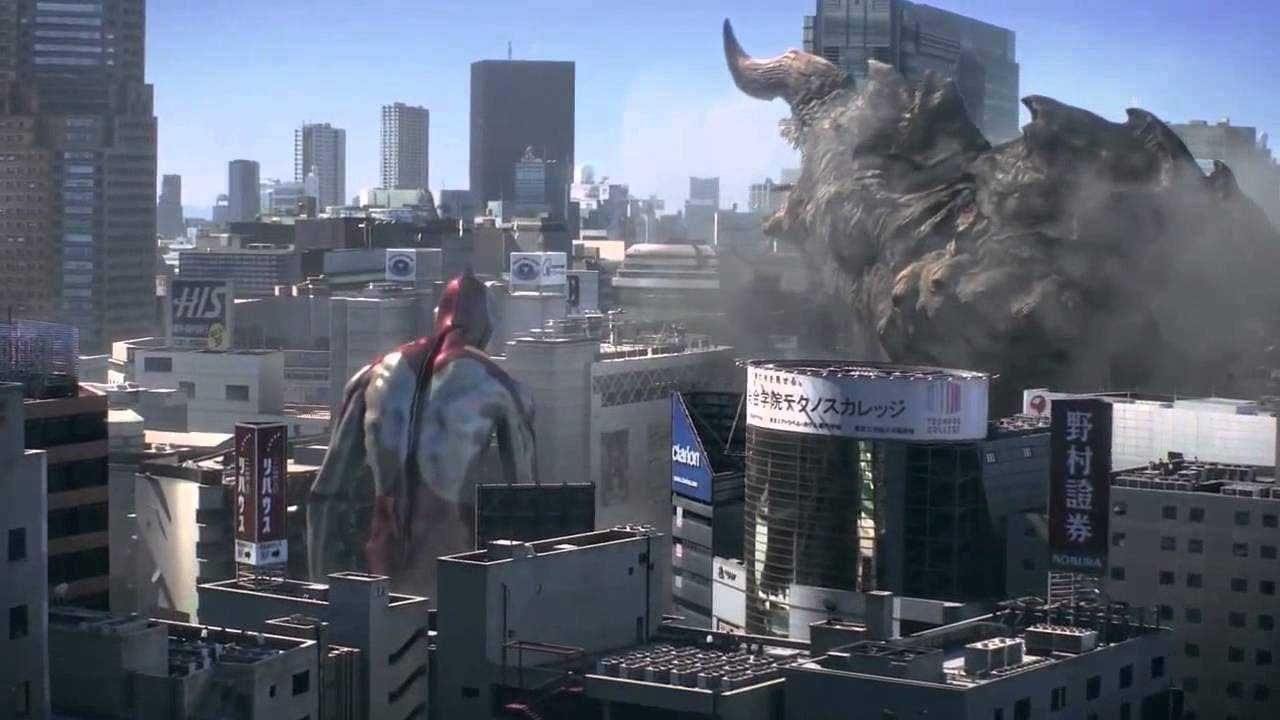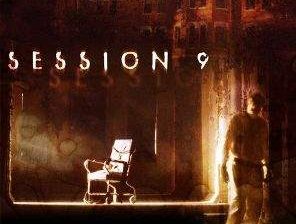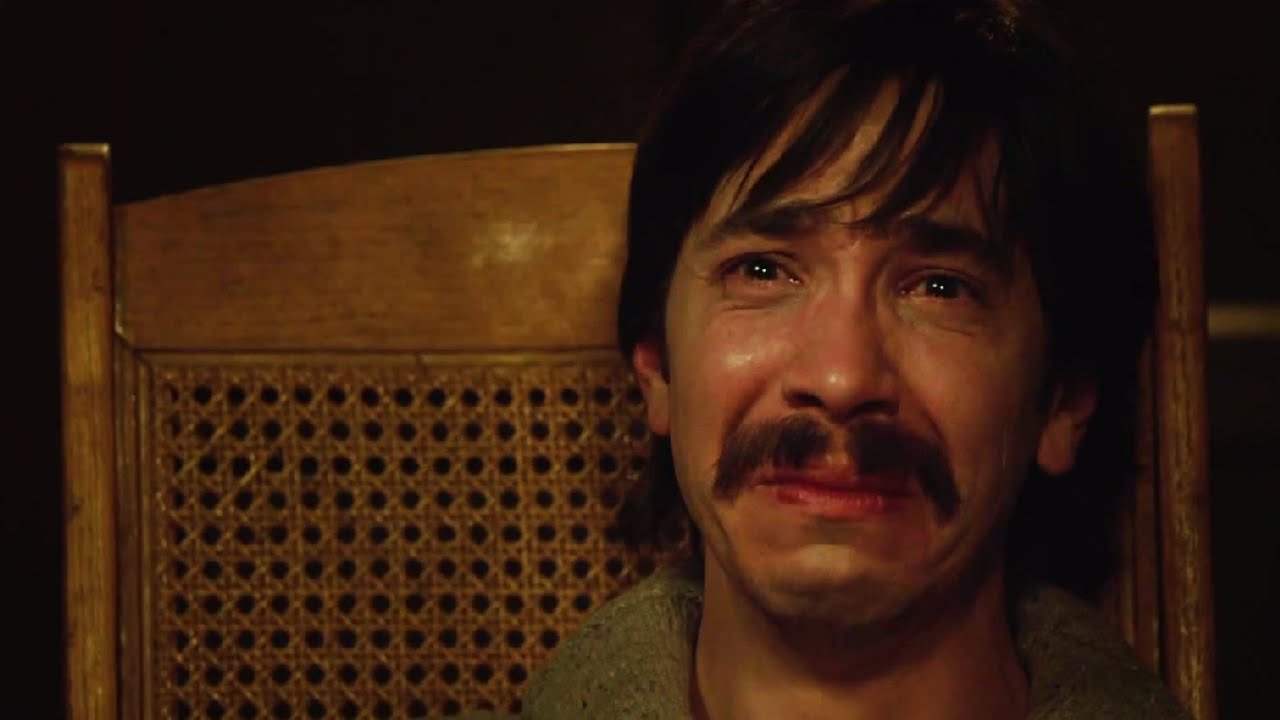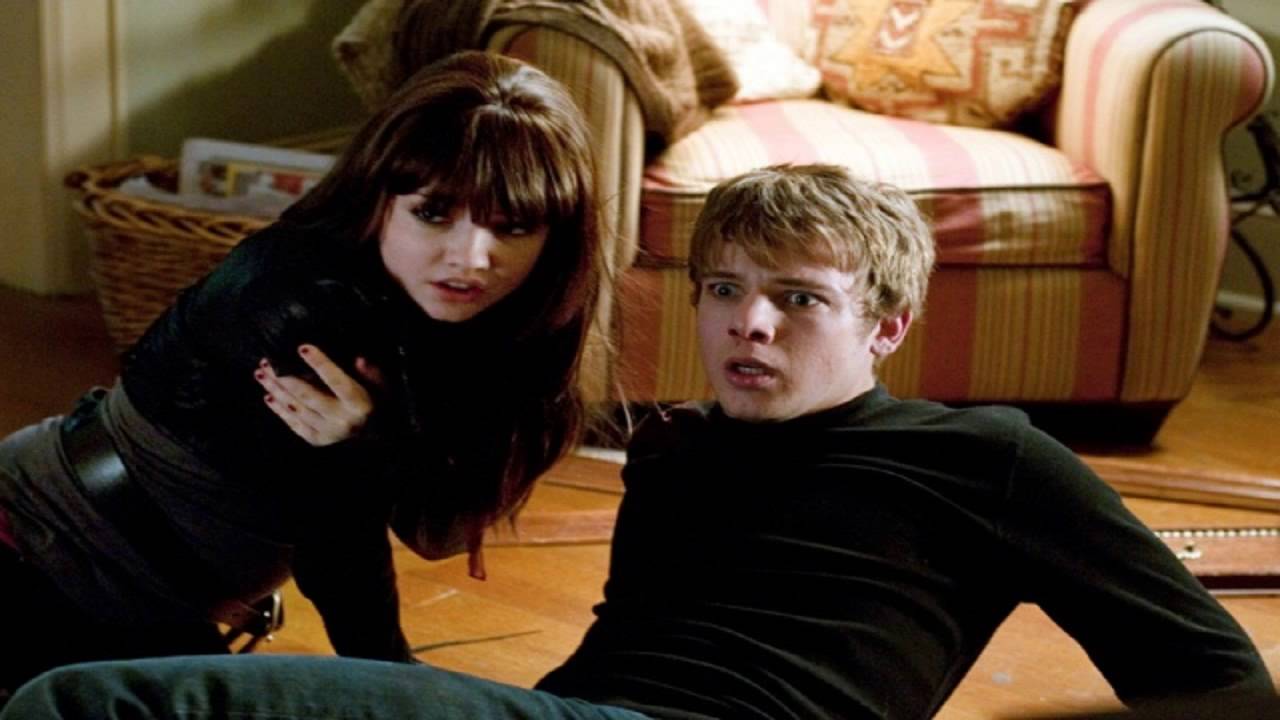Kaiju movies might never mean quite what they did to me as a kid. I’ll never be able to recapture that feeling, but that doesn’t mean I don’t enjoy them and that they don’t occupy a special place in my heart. Growing up, I was a huge Godzilla fan. The big guy was one of my very first idols. I loved all of the Toho monsters, loved King Kong and made no distinction between the likes of the Universal original and King Kong vs. Godzilla or King Kong Escapes. Giant monsters were of extreme interest to me. Because of that, I tend to get excited every time a new massive monster epic is announced. And I won’t necessarily walk away disappointed, not if the movie’s good, at least. But I’ll almost always feel like something is missing. I thought about it for a long time, but couldn’t really pinpoint what the problem was.
When I saw the trailer for next year’s Godzilla: Resurgence, though, I began to figure it out. The problem is a cultural one. And it’s not so much a genuine problem as much as it is a difference between America and Japan and the respective approaches to filmmaking that probably can’t be overcome. However, they at least need to be acknowledged.
In America, we need everything to be big. Kaiju movies have to either be treated like disaster flicks or superhero franchises because those make a ton of money. The endgame is always money, and everything else needs to fall into place around that, or it simply doesn’t get made. So we make our kaiju films on budgets in the hundreds of millions. Which is a weird thing to think about. Many of the classic Godzilla flicks were not made for large budgets. In fact, that was part of the appeal. We always try to make things either big, gritty and realistic or we turn them into a massive, over-the-top spectacle. On one side, we’ve got the recent Godzilla, and on the other side we’ve got Pacific Rim. These are two very different features that still represent a very American way of doing things.
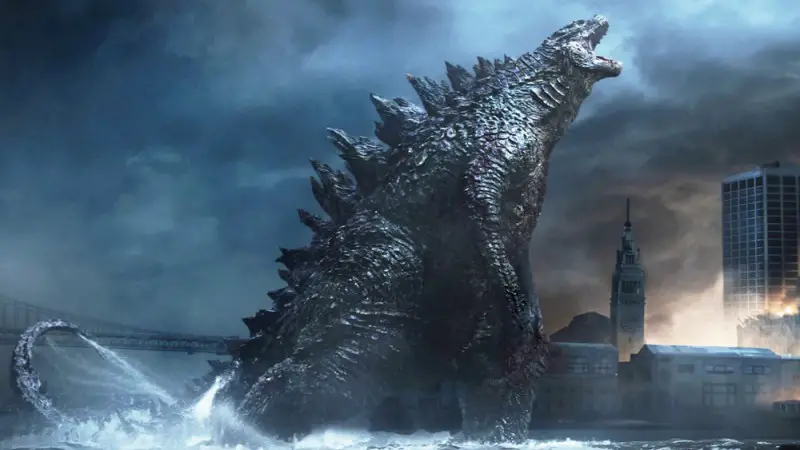
All it means is that these features have a particular kind of look and style. Kaiju features, in general, differ from the general rampaging monster movies in the same way that a giallo differs from a slasher. Japanese kaiju productions are much smaller and do little to hide their effects or appear realistic. That’s not even a concern that generally crosses the filmmaker’s mind, I don’t think. But that doesn’t mean that a traditional kaiju is campy or schlocky by nature, it’s simply a different style; one that doesn’t concern itself with realism or any kind of grittiness whatsoever.
 Kaiju and American giant monster flicks offer up a completely different viewing experience from one another. And that, above all, is why it’s tough to really call them the same thing. I enjoyed the hell out of Godzilla when I saw it in theaters in 2014. It felt a little more like a Godzilla picture than the 1998 film, for sure. The comparison is so extreme that it’s weird to even think about. It nicely captured the feel of the original, because that too had been a grim and serious movie.
Kaiju and American giant monster flicks offer up a completely different viewing experience from one another. And that, above all, is why it’s tough to really call them the same thing. I enjoyed the hell out of Godzilla when I saw it in theaters in 2014. It felt a little more like a Godzilla picture than the 1998 film, for sure. The comparison is so extreme that it’s weird to even think about. It nicely captured the feel of the original, because that too had been a grim and serious movie.
But it certainly wasn’t representative of Godzilla as a franchise because it didn’t capture any of that traditional style. Granted, my favorite of the series is Godzilla 1985 and I’ll admit that it also sticks out like a sore thumb in the middle of what Toho was doing for also being a fairly traditional monster movie. Saying that the American kaiju movement and actual kaiju films are two different things doesn’t mean Godzilla can’t find a place in both. Dracula Has Risen From the Grave and Dracula Untold are very different pictures, but both are still Dracula stories no matter how you slice it.
 Even when we’re not being so serious with our monsters, like with Pacific Rim, it almost feels less like a kaiju simply because of its bigness. Yes, these pictures have always been about giant titans fighting each other, but Godzilla vs. Monster Zero doesn’t rely on spectacle. Pacific Rim goes for massive blockbuster fight sequences because a film like that is always holding to the idea that to see this happen in real life would be an astonishing and scary thing.
Even when we’re not being so serious with our monsters, like with Pacific Rim, it almost feels less like a kaiju simply because of its bigness. Yes, these pictures have always been about giant titans fighting each other, but Godzilla vs. Monster Zero doesn’t rely on spectacle. Pacific Rim goes for massive blockbuster fight sequences because a film like that is always holding to the idea that to see this happen in real life would be an astonishing and scary thing.
A Japanese kaiju never brings real life into the equation once. It’s still about giant monsters fighting and the people below them flee in terror, but they never once try to trick your brain into thinking this might happen. They’re not about spectacle. Watching King Kong vs. Godzilla—which will no doubt be the most spectacle-driven American reboot—is tantamount to watching a wrestling match. It’s much more interesting than wrestling, because they’re wearing much more colorful outfits, but it’s a very similar experience.
I think there’s absolutely room for both these American monster epics and the Japanese kaiju features to exist at the same time. That’s pretty much been proven by Godzilla: Resurgence. But I don’t think the distance between them is something that can or necessarily should be overcome. As many similarities as they share, as great as they both are, they’re two very different beasts, each with their own specific roar.
